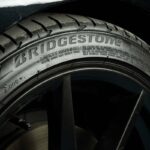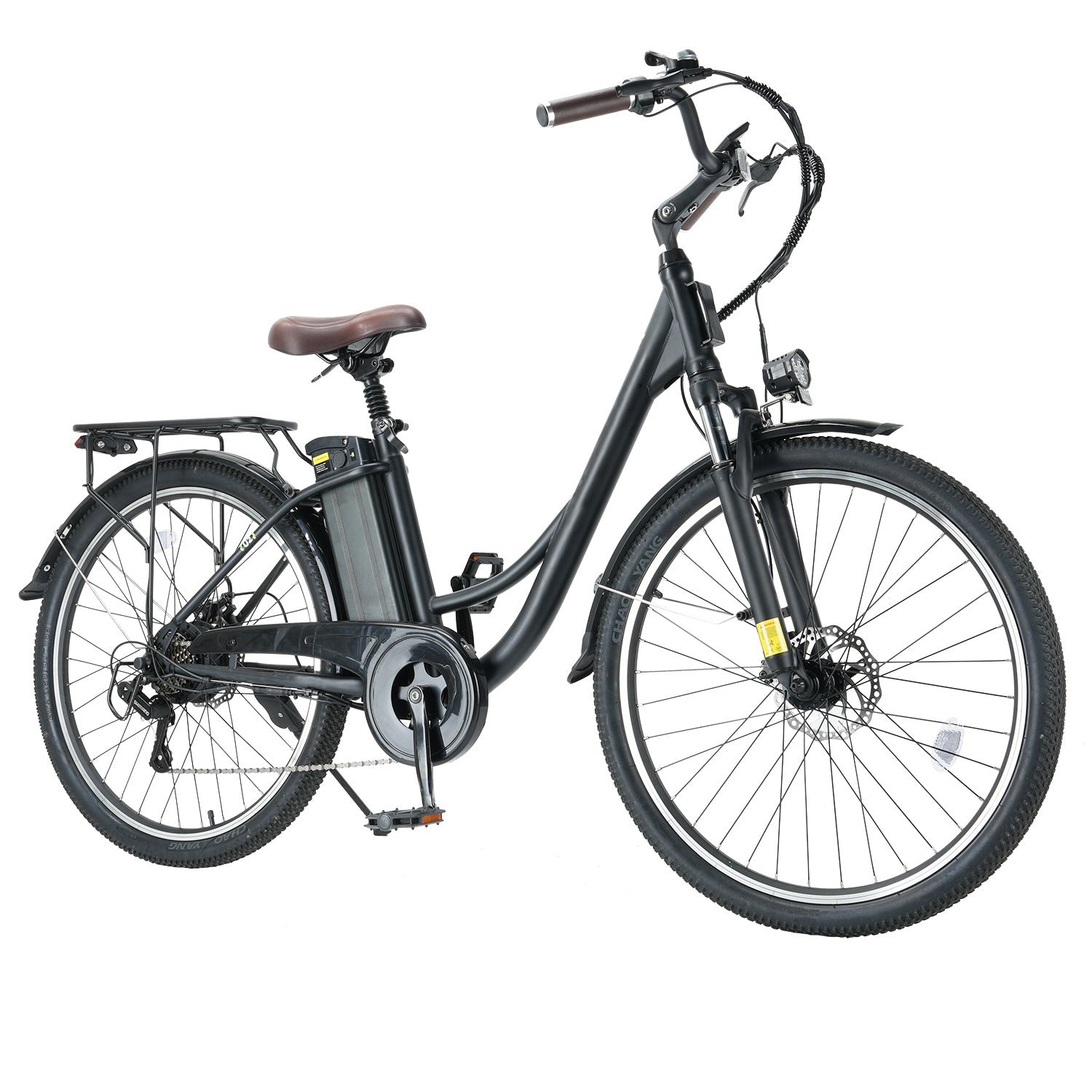Most modern vehicles are configured to operate in either two-wheel-drive (4×2) or four-wheel-drive (4×4). In the four-wheel-drive mode, the vehicle delivers torque to both axles and all four wheels in one of several ratios. They normally use 4×4 off road tires for maximum performance.
What Makes 4×4 Tires Different Than Normal Road Tires?
The difference between 4×4 tires and normal road tires has a lot to do with the vehicles using them. 4×4 vehicles have a different drive train, where the power comes from the engine, through the gearbox, and into a transfer box. The power is then distributed to the wheels with the help of drive shafts. Essentially, all four wheels are working rather than having two passive wheels. This is why it’s harder to get stuck in terrain when using such vehicles.
If one uses road tires on a muddy surface, their shallow tread will become clogged with mud, which will impede travel. Friction is crucial for grip and traveling forward. On an off road shops in Prescott AZ, the deeper tread depth is harder to clog up with mud. Even if the gaps are full of dirt and mud, the tires still have enough rubber to come in contact with the ground to produce friction.
Different Types Of 4×4 Off-Road Tires
Contrary to popular belief, there are several types of 4×4 off-road tires that are built for specific terrain.
- Mud tires
Mud tires are usually an aftermarket fitment option available for four-wheel drive vehicles. They are characterized by a thick chunky tread pattern designed to excel on muddy surfaces. They possess large tread blocks, divided by broad and deep grooves which stop the mud from entering and sticking to the tread.
- Sand Tires
Sand tires are patterned differently compared to normal tires. They consist of large rubber paddles which are sequentially arranged and placed on a smooth rubber core. They comprise smaller tread blocks, which are divided by numerous narrow grooves called sipes.
- All-Terrain Tires
All-terrain off-road tires are found on SUVs and other four-wheel drive vehicles. They are not designed to provide a good grip on loose surfaces like sand, and can easily get choked in mud. While they can perform well in almost all terrain, they have difficulty in high-speed cornering and braking, especially on the highways.
Some Basic Features of 4×4 Tires
There are several features that make 4×4 tires different than normal road tires. Normally there are three main features that make 4×4 tires what they are.
- Tires Tread
Tires that encounter loos terrain need more aggressive tread patterns. To be more clear, an aggressive tread means one that has a lot of open space between the tread blocks as well as deep tread grooves. While deeper treads are associated with more on-road mileage, deeper treads in 4×4 tires increase their traction, durability, and puncture resistance. Additionally, the sidewalls of certain tires have a flex groove molded into them, which helps them to dampen impacts on uneven terrain. This feature also improves sidewall flexibility a low pressure, resulting in better off-road safety.
- Tire Carcass
The carcass of a tire provides the structure needed for it to perform. It also accounts for 70% of a tire’s strength. Much of the forces and friction acting against the tire are absorbed by the carcass. The type of construction of a carcass has direct implications on a tire’s load-carrying capacity, pressure performance, heat tolerance, and puncture resistance. The rigidity of the carcass also impacts steering response, especially in SUVs and other large vehicles when performing evasive steering action. A tire with a strong carcass will prevent fishtailing and body rolling, allowing the vehicle to return to center steering.
- Material of Tire
Rubber can come in a variety of densities, strength, and flexibility. The type of additives can have an effect on how well a tire’s compound reacts to off-road terrain. However, many of the additives are pretty costly and the process of getting them mixed into the rubber is not financially feasible. There are numerous brands that position themselves as the budget alternative, rather than creating the world’s toughest off-road tires.
- Tire Size
Off-road tires are mostly larger in size, as they can improve off-road performance. However, using a tire that is either larger or smaller than the required size can have negative effects on driving performance, handling, steering response, ride quality, power, and fuel mileage. This is why it is preferred to stick as close as possible to the original vehicle’s manufacturer specifications. Most of the time off-road drivers always prefer either taller or wider tires. They can increase ground clearance, providing a better contact patch with the road or terrain.
Conclusion
Off-road 4×4 tires are specially designed tires that retain a grip on mud, dirt, grass, and snow. The treads on the tires are deep, with larger gaps in-between the tread pattern, which allow them to retain friction with the ground in these adverse conditions.















